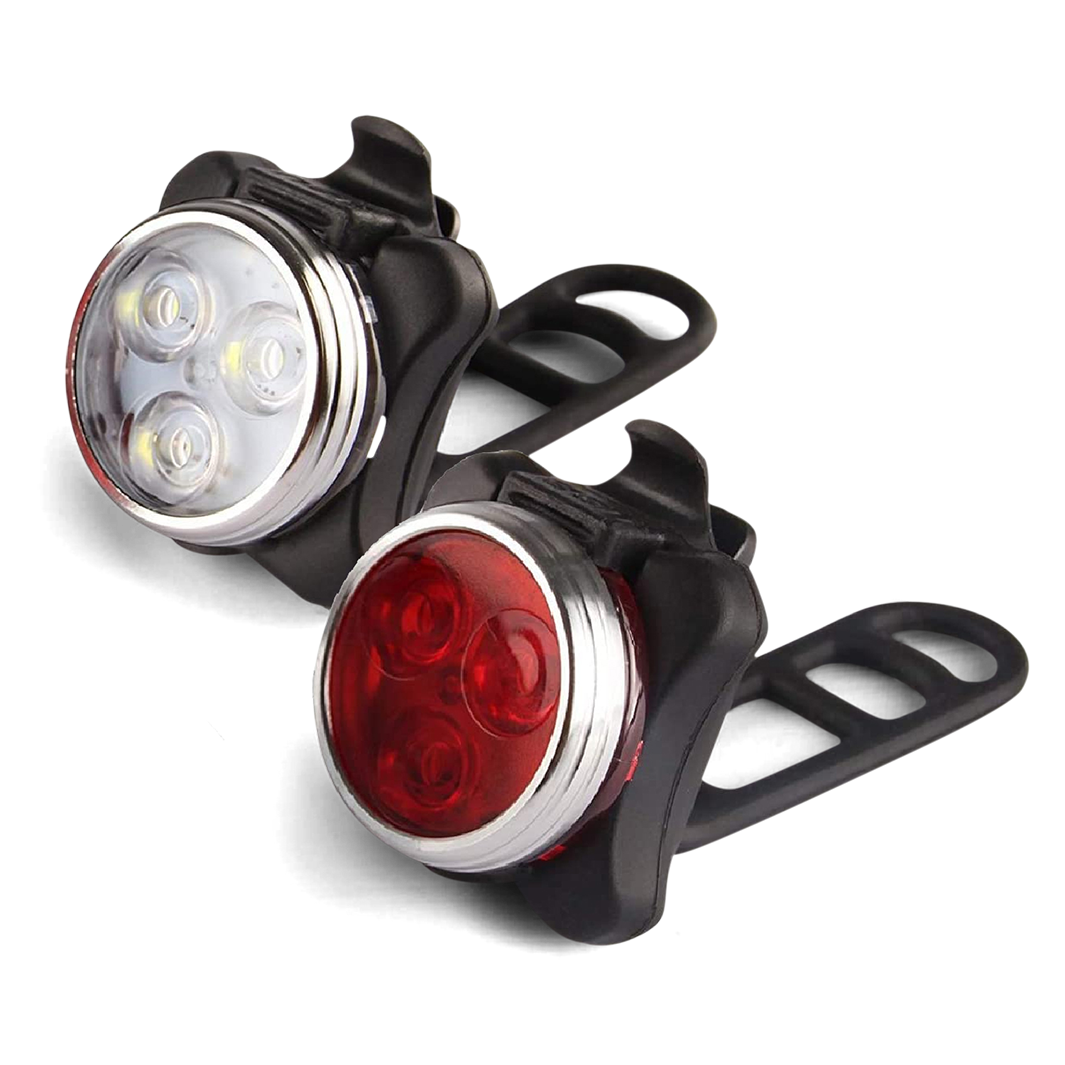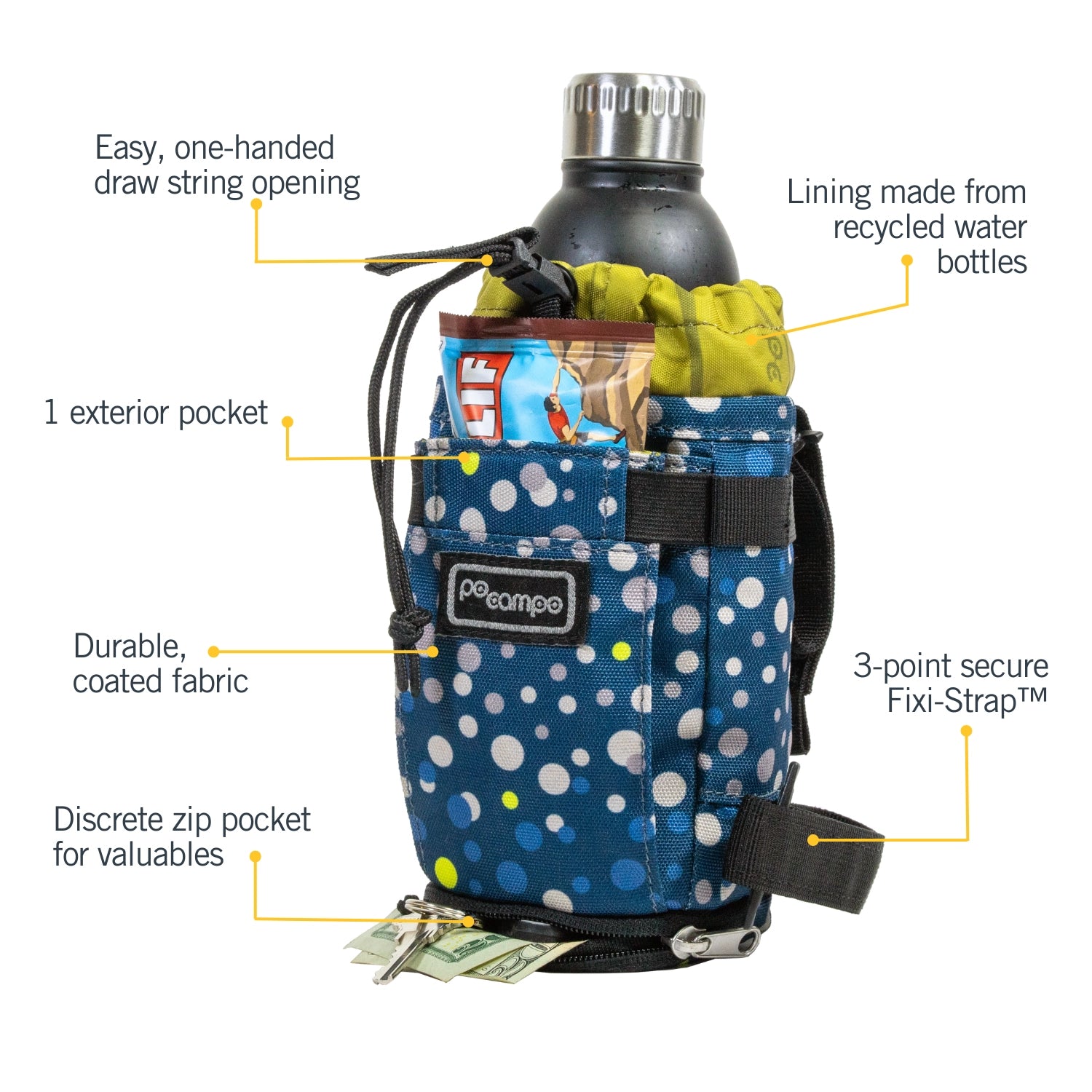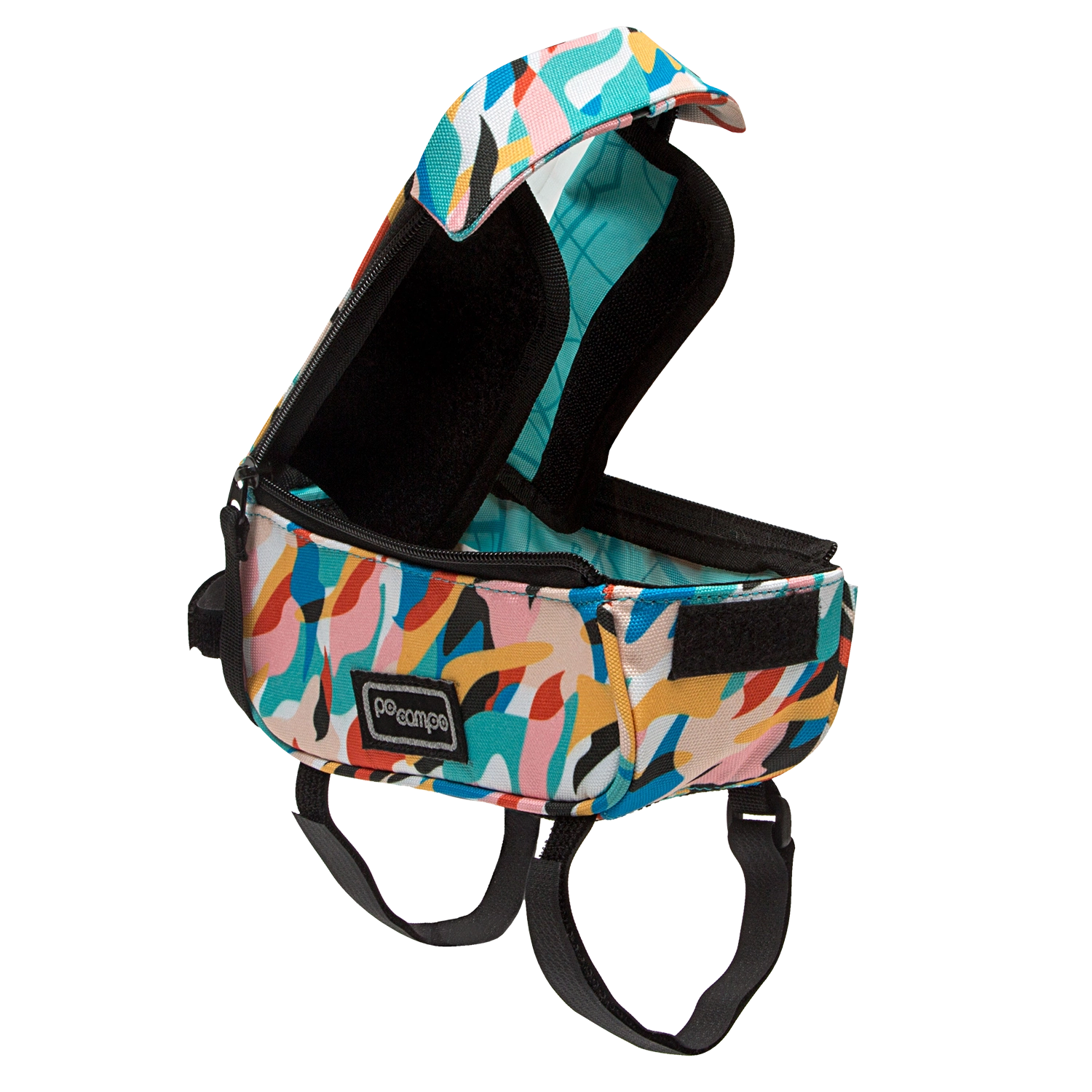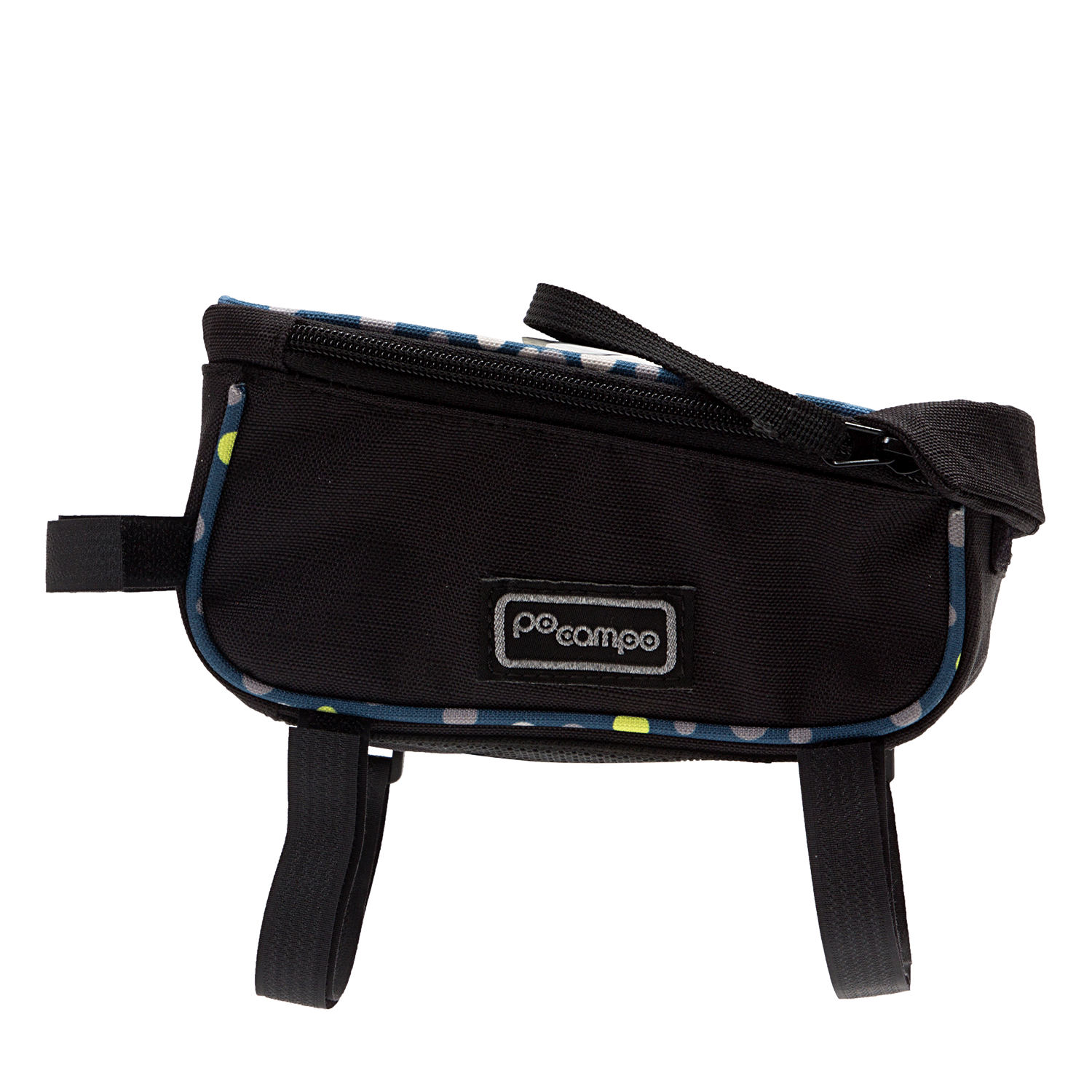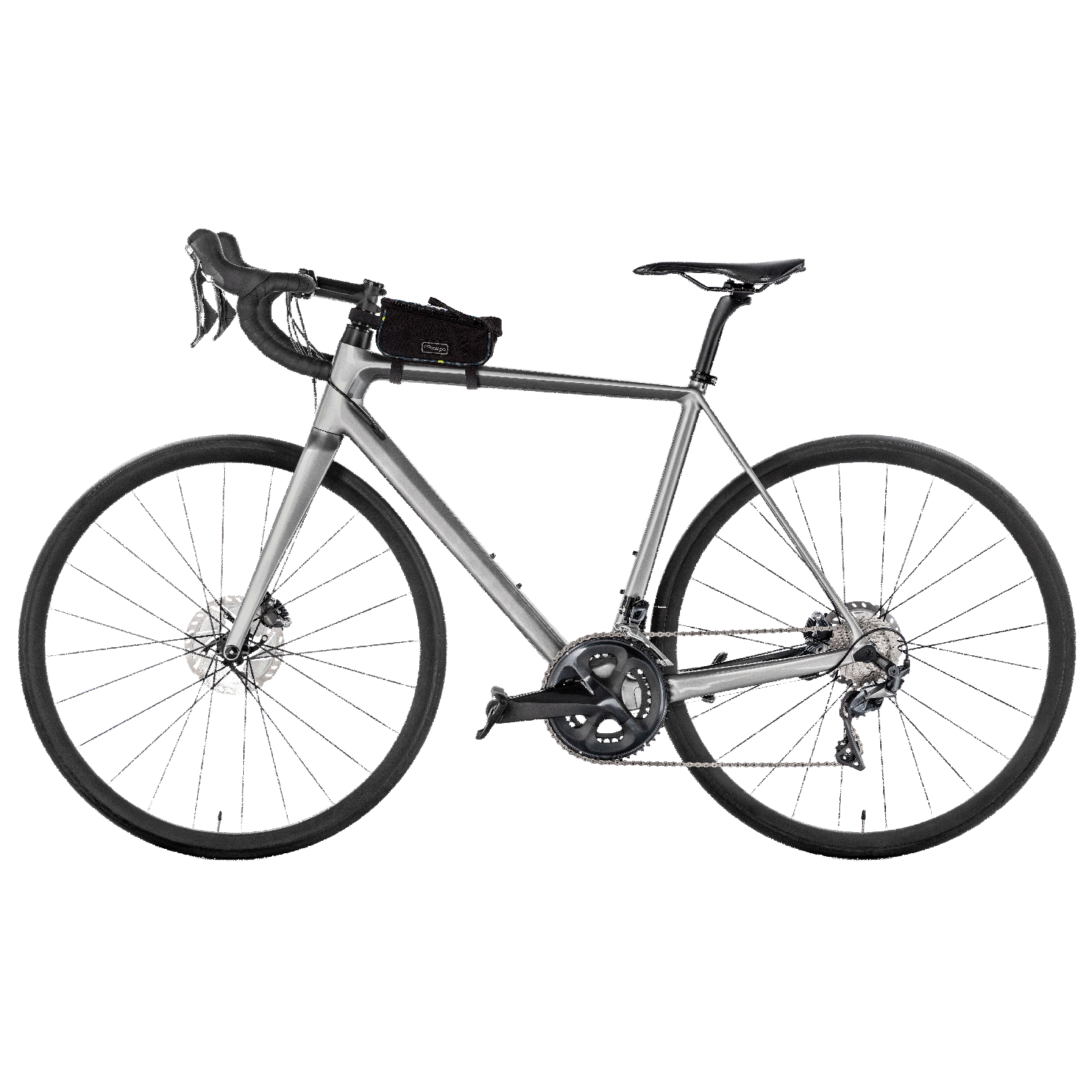2020 has been a challenging year for pretty much everyone on the globe. Small business owners like me are constantly assessing the shifting landscape, scanning for new disruptions to prepare for, or new opportunities to better serve our customers.
In many ways, Po Campo is on very good footing. The bike industry, in case you haven’t heard, is booming. Sales have been strong and we have a lot of new customers. But if this year has taught me anything, it’s that you can’t expect tomorrow to be like today.
So what trends am I watching? Here are three:
Note: When I use the term micromobility, I’m referring to personal, lightweight transportation modes like bikes and scooters.
1) What does ‘Work From Home’ mean for commuting?
I’ll be forthright with you: while our handlebar bags and face masks have been hard to keep in stock this year, our stylish laptop panniers have not sold well. Who needs to bike with their laptop when they’re working from home?
The sudden switch to ‘Work from Home’ resulted in a dramatic drop in the number of people commuting in and out of city centers, Monday thru Friday. In late March, Gallup research showed that 62% of Americans were working from home.
Seven months later, remote work seems to be here to stay, at least partially. The majority of office workers (83%) want to continue to work from home at least one day per week, and 55% of managers expect remote work to be permanent. (source) REI and Pinterest are just two large companies that walked away from their headquarter properties, with many other large corporations extending their remote work policies until next summer, if not indefinitely. (source)
Despite our slower pannier sales, I predict that ‘Work From Home’ will positively impact micromobility, and here are a couple reasons why:
“Work” Commutes were the wrong thing to focus on
The average American commute is 16 miles, which is far too long for most people to bike. However, the majority of car trips are under 5 miles. (source) These are trips to the store, to the park, to a friend’s house. This is a distance easily traveled with micromobility, and now that so many of us are staying closer to home, these short trips will only increase. And you will need to carry things with you on these trips! Just maybe not your laptop all the time.
Our streets are becoming safer
Women are sometimes called the “indicator species” in city cycling because they only show up in large numbers once roads feel safe. With cars off the streets this spring, city cycling blossomed. NYC saw an astounding 147% increase in cycling in women, compared to 68% among men, with similar trends in other cities across the country. (source)

“I was not a cyclist in any way. I always thought it looked like it would be terrifying to do,” said Ms. Hibbard, who purchased a pricey Brompton folding bike in August. “I really think if the traffic hadn’t disappeared for a few months, I wouldn’t have considered it.”
Will these new cyclists remain when traffic comes back? While the U.S. is moving more slowly than other places around the world to install protected bike lanes to keep cyclists safer when cars return, it still is making progress. Data from the NYC Department of Transportation shows that the Williamsburg and Queensboro bridges are still seeking record numbers of cyclists, with the city adding new bike lanes to 19 miles, including a brand new protected bike lane on 6th avenue – right outside our office.
2) How can we think bigger about sustainability?
I recently read Deloitte’s Global Millennial Study 2020 and something in it surprised me: Despite extensive job losses in 2020, millennials and Gen Z expressed increased levels of optimism as compared to last year. The pandemic has increased their empathy to the needs of others and has increased their feeling that it’s not too late to mitigate the worst effects of climate change.
I felt this too this spring. While the shutdowns were undeniably devastating to the livelihoods of millions, it was stunning to see how quickly air quality improved. Ideas that seemed too-radical-to-fathom in early March, like turning parking spots into outdoor dining, were implemented just a couple of months later. It felt like the pandemic was giving the world a big shake, reprioritizing issues, and demanding bold action.
I see the pandemic and its fallout as a preview of what’s to come with climate change, inspiring me to think bigger about sustainability. What bold actions can we take?

Supporting and enabling a sustainable lifestyle is one of the core ethos of the Po Campo brand. For background, here’s a summary of our sustainability journey so far:
- In 2018, we embarked on our Quest for Sustainability to identify areas within our product and operations that could become more sustainable.
- In 2019, we introduced our Sustainable Slate fabric made from recycled water bottles and published our Code of Conduct with our factories.
- In 2020 we eliminated almost all single-use plastics from our product and switched our shipping materials to recycled and recyclable mailers from EcoEnclose
- In 2021, we will be introducing Visi-Hemp™, the world’s first reflective hemp fabric that is strong, sustainable, and the perfect material for urban mobility bags
I’m super proud of this progress and look forward to continuing down this path of sustainability. But in the spirit of thinking bigger, I think sustainability needs to be more than just product innovation and supply chain management. As COVID has shown us this year, the people who will suffer the most through climate change will be our most vulnerable communities who do not have the resources needed to thrive in the new reality. When we say that Po Campo makes biking a better and more seamless part of your life so you can experience its freedom, joy, and strength every day, will that really matter if your house is on fire?
Put another way, sustainability isn’t just about healthy forests and blue skies, but also environmental justice for people, as too many communities are cut off from clean water and air. As we consider the next steps on our sustainability journey, what can we do to improve access to sustainable transportation and goods? As Benita Robledo, ethical fashion blogger, said in my interview with her, “If we really want to make a difference in our planet, we really need everyone to participate”.
3) Opportunities for micromobility in the future of retail
E-commerce has been growing year over year but this year saw a tremendous growth spurt, with online orders increasing 146% since April (source). The drop in foot traffic forced brick and mortar stores to take their businesses online – ready or not – this year.
I experienced this transition firsthand in my Washington Heights neighborhood of NYC. I used to think of e-commerce as a more impersonal transaction, but found a different experience with my local shops. My coffee roaster Buunni began offering same day local delivery, which you could order online, but was hand delivered with a friendly wave. My favorite wine shop added a chat feature to their site, so if my preferred wine was out of stock, I could ask for their recommendation for a substitute, put together an order, and then bike over to pick it up (which counts as curbside pick up, right?).

This unexpected e-commerce / local commerce blend feels like a new retail innovation, combining the convenience of online ordering with support for your local retailers. The bigger box stores see a benefit too, as the New York Times recently reported, as curbside pick-up eliminates the costly “last mile” delivery problem, while giving customers a trip to the store, which, as it turns out, we still like to do.
And herein lies the micromobility opportunity. Rather than building curbside pick-up around the car which encourages customers to drive the last mile, or three miles, and then idle in a parking spot, we should be taking these trips by bike, cargo bike, scooter, or the next electric micromobility innovation. And while cargo bikes may not be super common (yet), lower priced models from brands like Rad Power Bikes are becoming increasingly popular, with cargo bike sales expected to increase 29% year over year. The Target in Washington DC even has cargo bike parking.

Bringing the idea of cargo bikes, curbside pick-ups, and dedicated micromobility lanes closer to home, I see lots of opportunities for integrating technology with the shopping experience as experienced on two wheels, that make me feel – and here’s that word again – optimistic about the future.
With just a few months left in 2020, who knows what else this year will bring. We’ve all had to adapt to a new way of working, living, and moving, all while dealing with grief, anxiety and uncertainty that does not seem to want to let up. Through it all, I feel oddly grateful for being forced to see things with fresh eyes, realizing that some things that I thought were just “that way” can actually be quite different if there is enough collective action to make it so.
What about this year has made you think differently about the world around you? What opportunities do you see for greater embrace of sustainable transportation going forward? Please share in the comments below.
Thanks,
Maria B.

